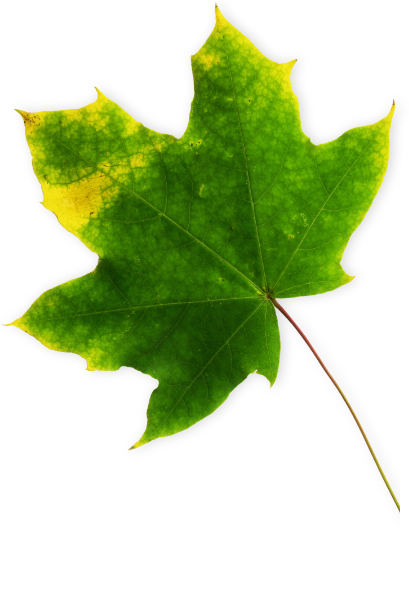A few years have passed since we first warned homeowners about Beech Leaf Disease (BLD), a devastating tree condition that has taken hold across the Northeast. Unfortunately, the situation in Massachusetts is not improving. In fact, it’s getting worse.
Beech trees, both native and ornamental, are continuing to decline rapidly in infested areas. As of spring 2025, we are seeing even more severe symptoms and tree loss in communities throughout the state.
A Quick Recap: What Is Beech Leaf Disease?
Beech Leaf Disease affects both American and European beech trees and is associated with a microscopic worm called a nematode (Litylenchus crenatae mccannii). The disease primarily targets the tree’s buds and leaf tissue, leading to distinctive dark striping between leaf veins, leaf curling, and canopy thinning. Over time, affected trees become weaker and more susceptible to secondary pests and environmental stress.
What’s New in 2025?
- Spread Is Accelerating
Recent observations show BLD is now more widespread throughout Massachusetts than ever before. What started in isolated locations has expanded to forests, parks, and private properties across the state—including the Greater Boston area, the North Shore, and parts of Central and Western Massachusetts. - Treatment Options
Options for treatment are limited but can be effective in managing the disease if most of the canopy is still intact. A series of foliar sprays with the Broadform or trunk injection with Arbotect 20-S fungicides have been shown to be effect in managing the nematodes. Overall tree condition and relevant site conditions dictate which option may be best for your tree - Increased Focus on Tree Preservation
Preserving the health of beech trees becomes even more critical. Healthy trees are better equipped to withstand stress and may survive longer even if infected. This includes proper watering, mulching, and annual plant health care programs. - Removal of Severely Affected Trees
Trees that have lost significant canopy may pose a safety hazard and should be assessed by a certified arborist. In some cases, removal may be the safest and most responsible course of action.
What You Can Do as a Homeowner
If you have beech trees on your property, we strongly recommend the following:
- Inspect Leaves: Look for striping, curling, or thinning in the canopy—particularly in spring and early summer.
- Avoid Pruning During Wet Conditions: This helps reduce the risk of spreading nematodes to other trees.
- Promote Overall Tree Health: Fertilization, deep watering during dry spells, and maintaining healthy soil can help your tree better withstand the disease.
- Consult a Certified Arborist: Our professionals at Natural Tree & Lawn Care can help determine the health status of your beech tree and provide a personalized care plan.
Our Commitment at Natural Tree & Lawn
We’re continuing to monitor the latest research and track the spread of Beech Leaf Disease across Massachusetts. Our certified arborists are here to help you make informed decisions about the trees on your property, whether that means taking proactive steps to maintain health or evaluating whether removal is necessary.
If you’re concerned about a beech tree on your property, contact us today to schedule an inspection.
Need Help Managing Tree Health?
Our team at Natural Tree & Lawn is dedicated to preserving the beauty and safety of your landscape. Call us at 781-297-3674 or visit www.NaturalTree.com to request a quote!

